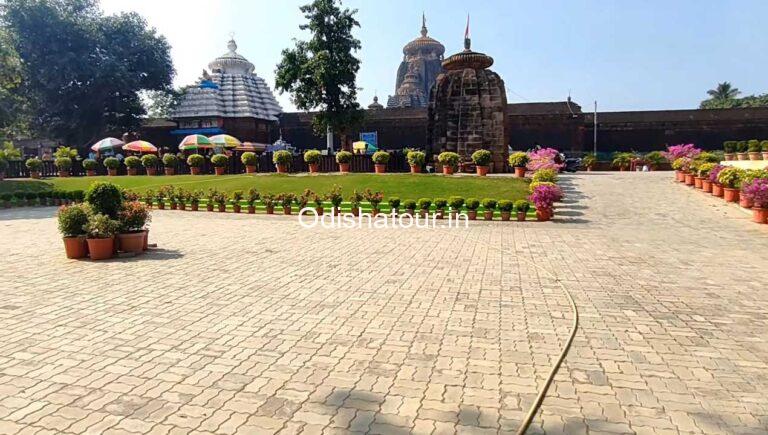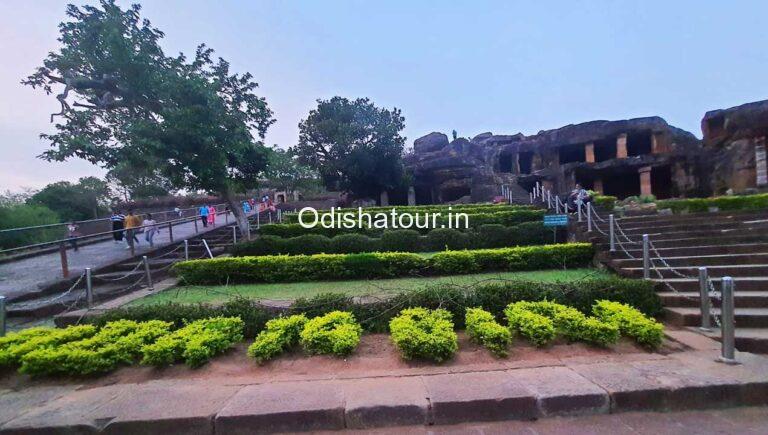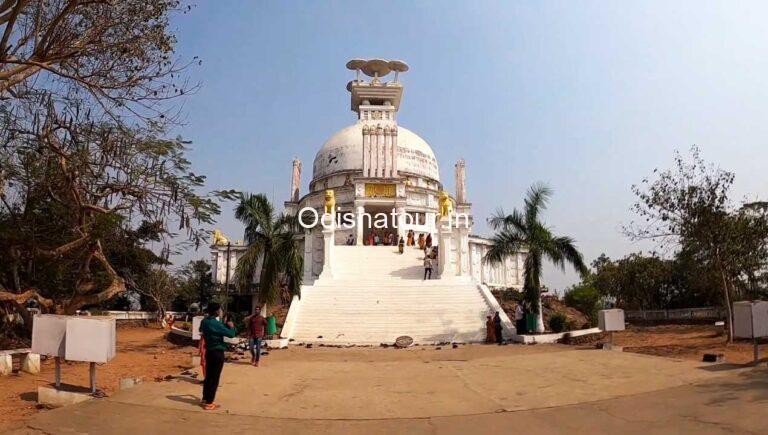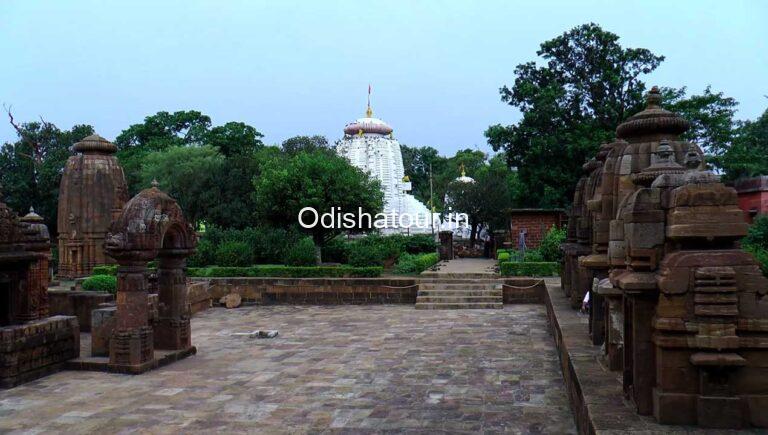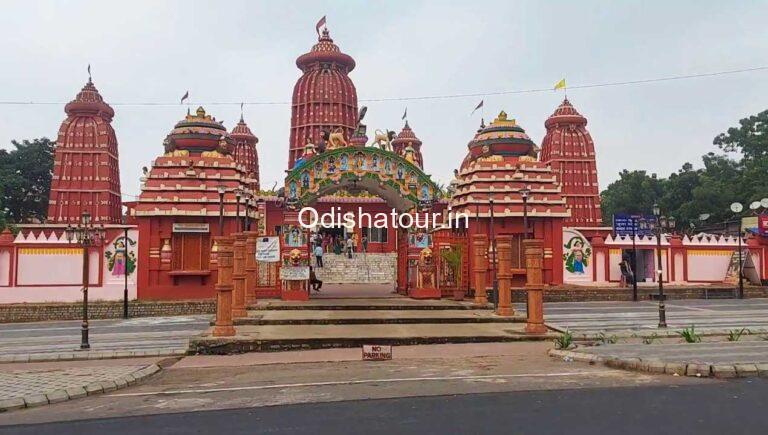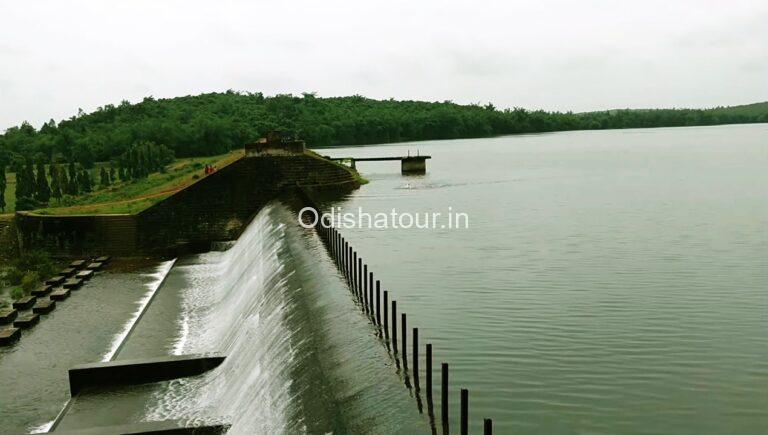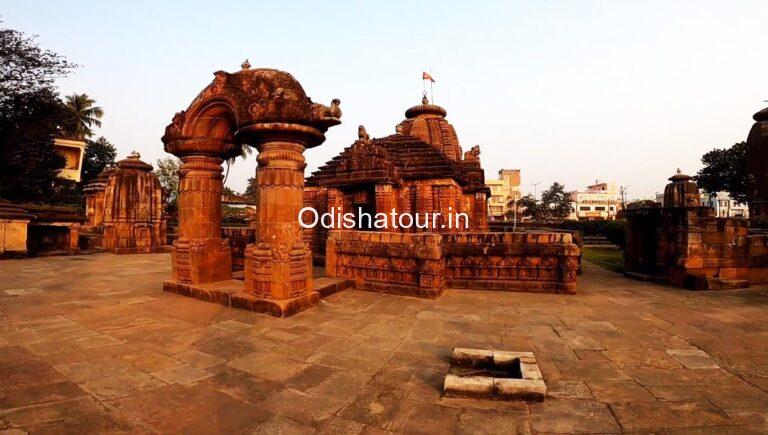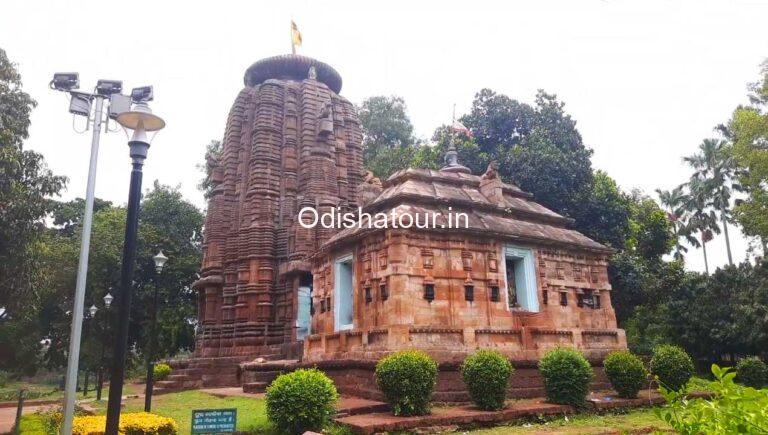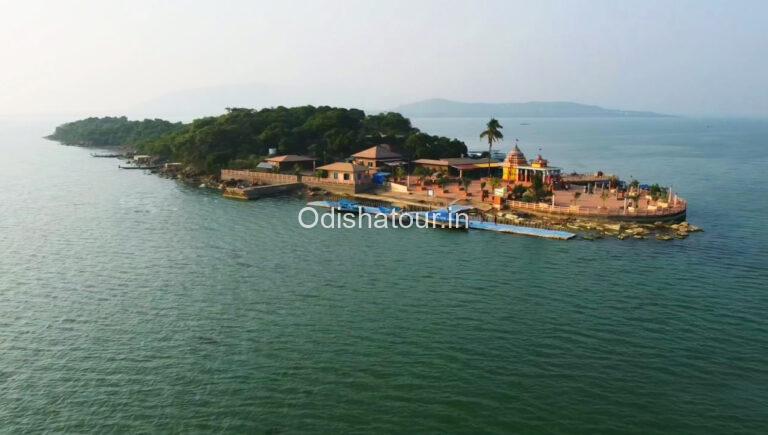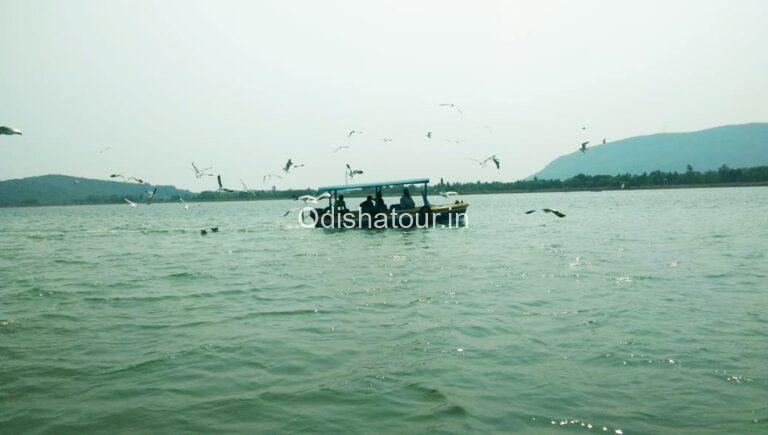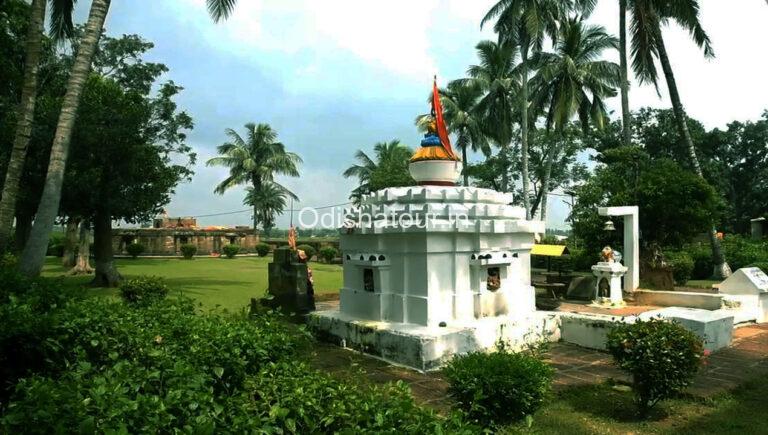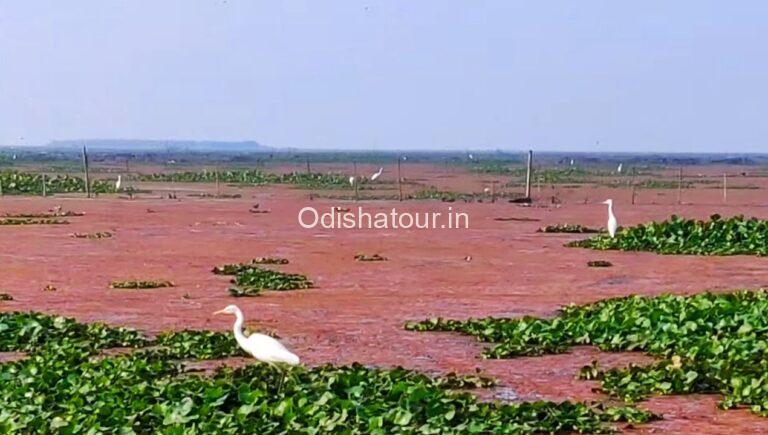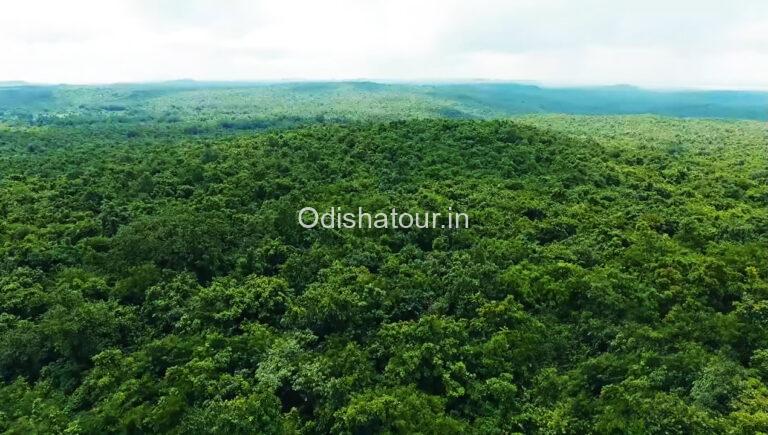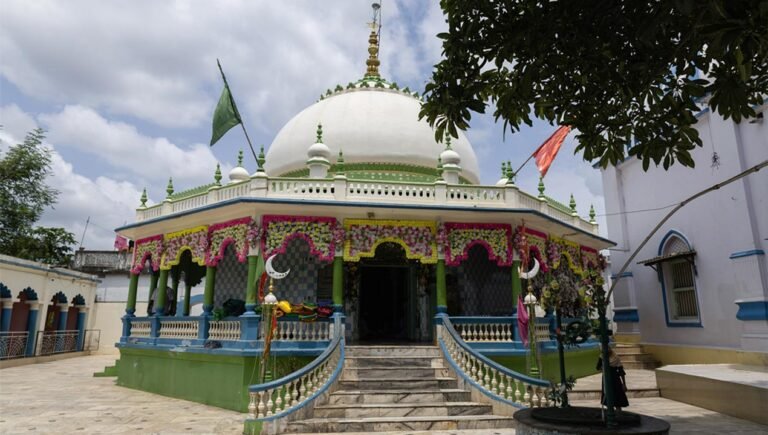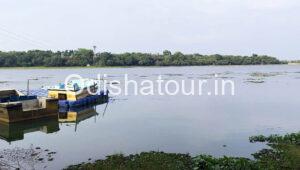Sisupalgarh fort is situated on the bank of the river Gangua and is only 3 km distance from Bhubaneswar. The main attraction of this place is the Iconic Pillars, which are very old. The place is renowned for its historical importance. The excavation works of Sishupalgarh contain ancient ruins belonging to a different civilisation. Now, there is nothing left of the place except an intricate wall, which reminds us that it was probably the capital of King Sishupal Keshari. Sisupalgarh Fort is a tourist attraction near Bhubaneswar, Odisha.
The first excavation at this place was done in 1948 by B.B. Lal. In 2005, ground-penetrating radar revealed the probable position of the southern moat. Toward the centre of the fortress (Area D), the 19-column structure has been recorded three-dimensionally using a laser scanner. It is disturbed and incomplete. Two gates pierce each of the glacis of the quadrangular plan. As at contemporary Jaugada, the plan tips 10° clockwise north. With 1,125 m × 1,115 m (3,691 ft × 3,658 ft), Sisupalgada is larger in surface area than Jaugada. Sisupalgarh’s defences are the highest known of this period in India. Source
- Sisupalgarh is believed to be the capital of the ancient Kalinga kingdom and dates back to the Mauryan and post-Mauryan period. Based on archaeological findings and inscriptions, scholars suggest that the city flourished from around the 3rd century BCE to the 4th century CE.
- The fort is older than Delhi’s Purana Qila and many medieval forts
- Some historians suggest Sisupalgarh could have supported a population of over 20,000, making it one of the largest urban settlements of its time
- The site may be linked to King Sisupala, a mythological character from the Mahabharata, though there’s no concrete archaeological evidence connecting them
Other Services
Destination Attractions, Destination Facilities, Transportation, Accessibility, How to Reach






